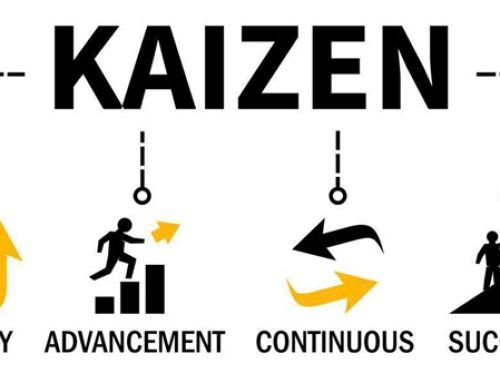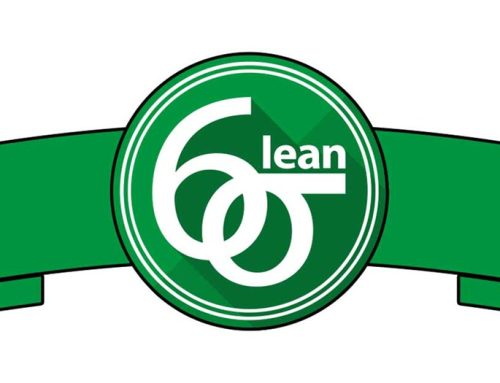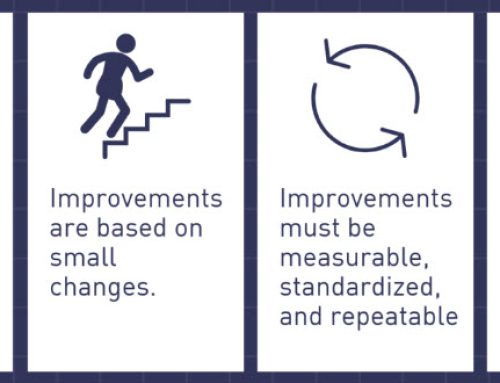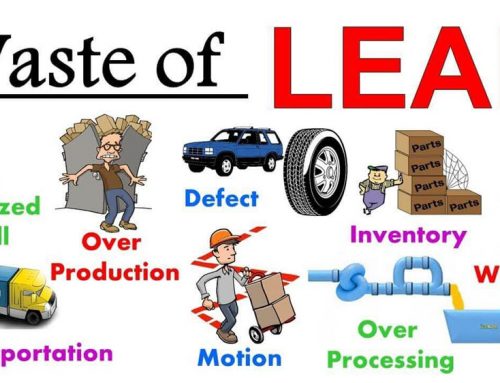When it comes to Competitive Intelligence, some methods can be used for comparing business models between organizations. This help firms “reference” the fundamental processes of the company with direct or indirect competitors, allowing a company to gain the upper hand in a marketplace. One of these methods is called Benchmarking
Benchmarking Techniques are used by many organizations to measure how its services, products, and practices compare against its competitors. For a manager, benchmarking can be an excellent tool to determine if the company is delivering its core business objectives efficiently. A manager can use benchmarking technique to check if its costs compare favorably with those of competitors and whether there is a need for improvement internally as compares against external standards. With benchmarking, a company can learn different ways to perform certain activities and functions of competitors and then seek to imitate or improve on their techniques.
Benchmarking is simply directly comparing of organizational processes and best performances of other companies inside and outside the industry to create new standards or to improve processes. There are different types of benchmarking techniques managers can use to check organizational performance.
Benchmarking Techniques
Strategic Benchmarking
With strategic benchmarking, managers can identify efficient ways to compete favorably in the marketplace. Companies can identify winning methods and strategies outside their industry that have been successfully implemented by other businesses and apply these strategies to their process.
Performance Benchmarking
This strategy focuses on the quality of your services or products. These conditions include but not limited to price range, durability, reliability, design, customer support, and satisfaction. This benchmarking checks the strength of your products and services when compared with your competitors.
Process benchmarking
Managers of companies that engage in activities that are similar can look at other businesses most efficient practices and apply them to their processes which can improve them. For process benchmarking to be effective, companies should identify areas in their products and services that are weak and then eliminate those weaknesses.
Internal competitive benchmarking
With internal benchmarking, companies that are enormous and operate in different geopolitical zones usually experience different business units and teams delivering different results. This method can be used to compare groups and their works and identify which team is most efficient and share their techniques throughout the organization.
External benchmarking
With External benchmarking, a company can compare its products and services with its competitors within and outside the industry. This can be done across a range of measurables, to identify in which area to focus on improvement activities.
Functional benchmarking
This benchmarking is efficient in departmental structures. Companies can compare its functional areas like marketing, human resource, finance, operations and logistics with its competitors which excel in what they do and apply it to their functional areas. With this benchmarking, companies can look at organizations that are unrelated to seek then to improve functional areas rather separate processes.
Conclusion on Benchmarking Techniques
Benchmarking is easy to understand and implement. It can also offer excellent insights into how other organizations operate. If done properly, it’s a low-cost activity that provides huge gains such as cooperation between teams, units, and divisions. Benchmarking techniques when implemented, can establish meaningful performance measures that reflect an external/customer focus, and concentrate on high-payoff opportunities.






